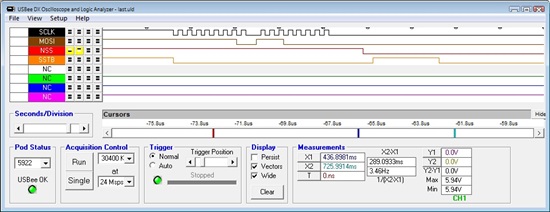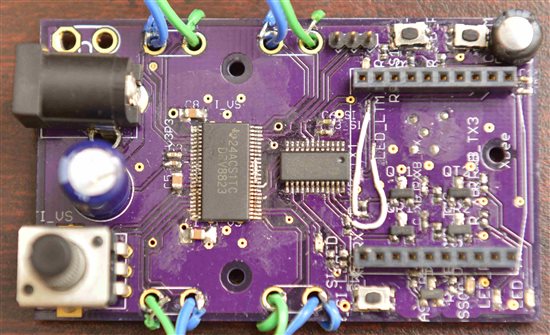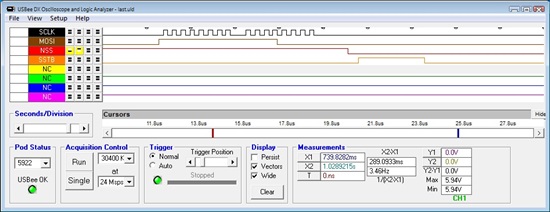Hi
I am presently using spectrum digital 816x/389 evm. I want to integrate TI DRV8821/DRV8823 EVM to the board . for that i need to program the board for i2c/spi.
but i am unable to program the board. The application that come with the board is working fine. But if i want to program the board or even if i try to run simple program its is giving a message like USB-FET NOT FOUND. I am using the usb cable that come with the board. when i plugged the cable , in the output of the dmesg i got the message like (on ubuntu 10.04)
FTDI USB SERIAL DEVICE CONVERTOR NOW ATTACHED TO THE TTYUSB0.
this shows that the driver for the usb - ftdi is installed correctly.
Do i need some jtag emmulator along with the usb cable to program my TI DRV8821/DRV8823 EVM or The usb cable acts as a programmer?
please help me out.




